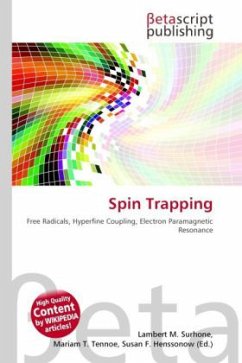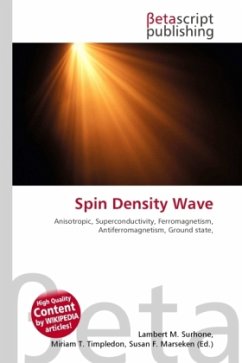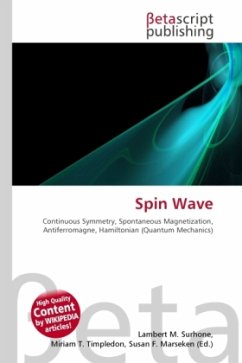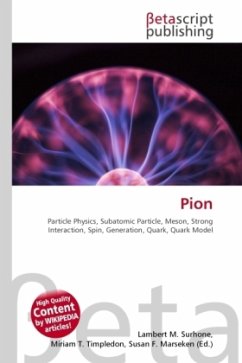
Spin Trapping
Versandkostenfrei!
Versandfertig in 6-10 Tagen
26,99 €
inkl. MwSt.

PAYBACK Punkte
13 °P sammeln!
High Quality Content by WIKIPEDIA articles! Spin trapping is an analytical technique employed in the detection and identification of short-lived free radicals. Spin trapping involves the addition of radical to a nitrone spin trap resulting in the formation of a spin adduct, a nitroxide-based persistent radical, that can be detected using electron paramagnetic resonance (EPR) spectroscopy. The spin adduct usually yields a distinctive EPR spectrum characteristic of a particular free radical that is trapped. The identity of the radical can be inferred based from the EPR spectral profile of their ...
High Quality Content by WIKIPEDIA articles! Spin trapping is an analytical technique employed in the detection and identification of short-lived free radicals. Spin trapping involves the addition of radical to a nitrone spin trap resulting in the formation of a spin adduct, a nitroxide-based persistent radical, that can be detected using electron paramagnetic resonance (EPR) spectroscopy. The spin adduct usually yields a distinctive EPR spectrum characteristic of a particular free radical that is trapped. The identity of the radical can be inferred based from the EPR spectral profile of their respective spin adducts such as the g value, but most importantly, the hyperfine-coupling constants of relevant nuclei. Unambiguous assignments of the identity of the trapped radical can often be made by using stable isotope substitution of the radicals parent compound, so that further hyperfine couplings are introduced or altered.












